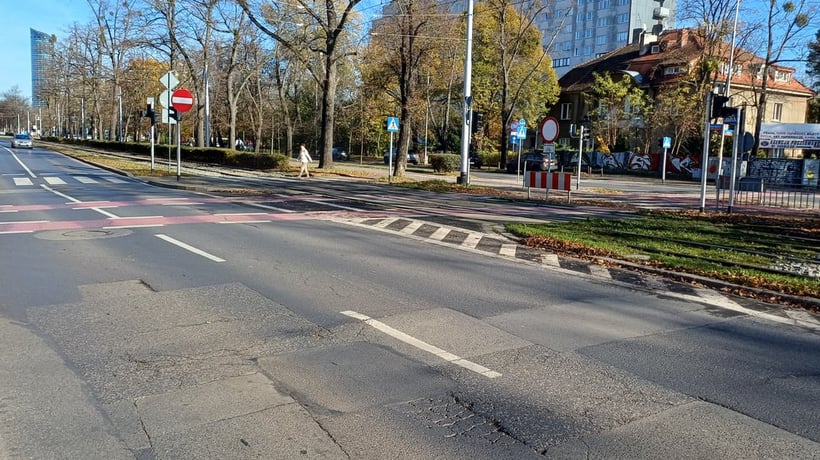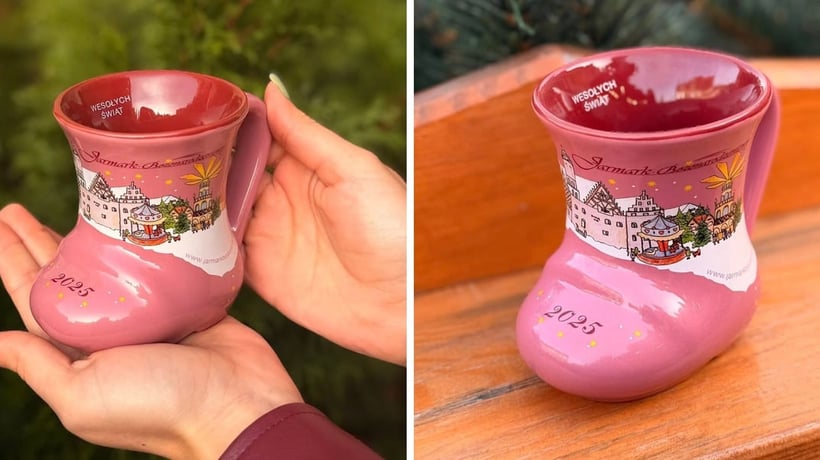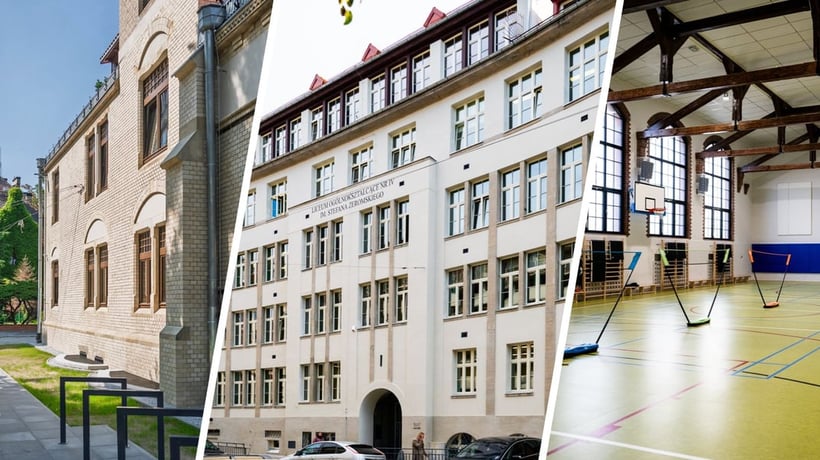The project started in May, when museums were closed due to the coronavirus pandemic. Therefore, over 80 exhibits from four museums (Museum of Pharmacy, Museum of the Wroclaw University of Technology, Museum of Natural History, Museum of the University of Wroclaw) were transferred to a digital three-dimensional reality. They were subjected to the digitisation process and digital 3D processing.
‘Each museum chose 20 exhibits. They tell various stories and are used in the historical path and workshops concerning, e.g., extinct and endangered animal species or drugs and poisons,’ tells Maciej Mosur from WMW.
Digital 3D processing enables an interactive form of exploring the collection – it is possible to turn exhibits at any angle and to look at details. During the use of virtual reality, we will also hear a narrator.
The collection includes, e.g., an autoclave (a steam steriliser for surgical tools) invented in 1881, a chamber for putting laboratory animals to sleep from the early 20th century, and a Triumphator arithmometer being an earlier version of the calculator (1905). Fans of astronomy will also find something for themselves – e.g., a Gregorian telescope for the observation of celestial bodies used in the years 1734-1750 or a Dippe sundial being a combination of a sundial and a compass that opened the way to the development of portable clocks in the late 13th century.
Exhibits can be watched on the website of the Virtual Museums of Wroclaw.






